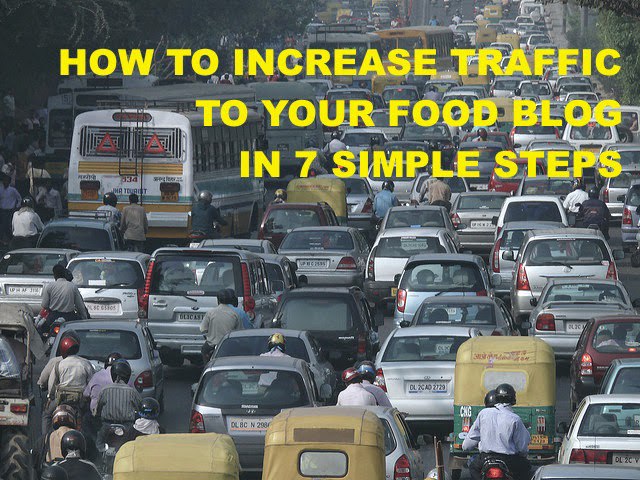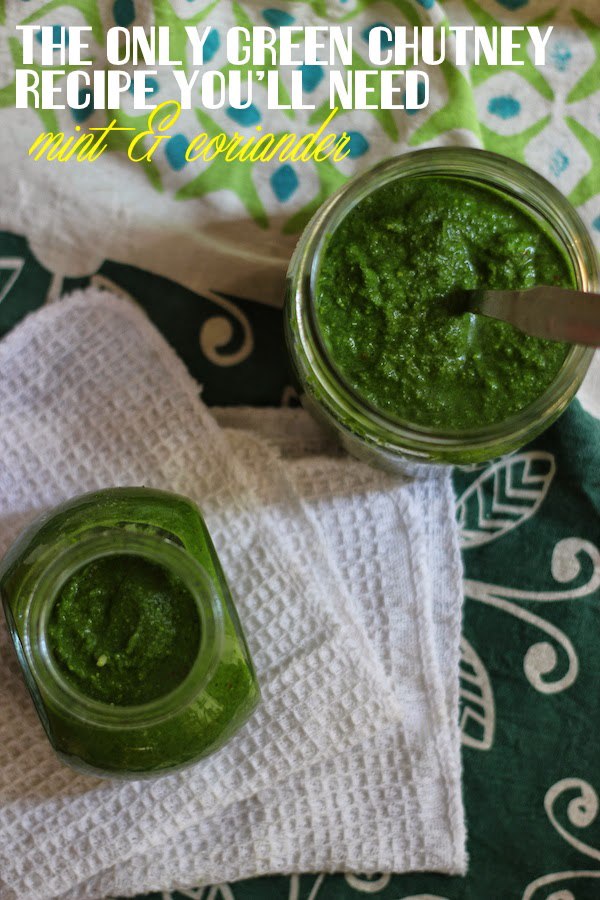

This is my 10th year of food blogging and along the way there have been quite a few learnings. There are more ‘wish I had done that’ moments than I’d like! As a theme for this month, I am going to share some secrets, some learnings and some mistakes which may help other food bloggers in a small way
The first post in this series is the one thing all blogs/bloggers love – TRAFFIC
While we all crib endlessly about the traffic in our respective cities, the only place where traffic is welcome are our blogs. Be it for increasing readership or for showing better stats or because it results in better monetization, whatever be the reason, we all love to see a jump in the number of visitors to our website
All blogs start with a handful of readers – siblings, parents or your partner (whom you’ve emotionally blackmailed into reading what you’ve written) and then the audience gets wider to include friends and friends of friends (thank you, Facebook) and so on. This post is to help you cast a wider net and reach out to a larger audience. To be able to capture the attention of the audience and keep them coming back to your blog of course, is another matter altogether and that’s all to do with kick ass content. There’s of course SEO (Search Engine Optimization) which makes your blog posts appear as a result whenever someone searches for a recipe you have written about. But since I have said ‘simple steps’ let’s stick to the simple things you can get started on right away
1. BLOG AGGREGATORS
Blog aggregators are like Google reader (sigh, this is no more) service, where all latest posts from the blogs submitted to the service are displayed automatically. All you need to do is submit your blog link to them. People who love to read food blogs (and these may include fellow food bloggers) can catch all the most recent posts in one page. Foodworld, run by the RedChillies is one of the popular blog aggregators for Indian food blogs and if your blog is over 2 months old, they accept your submission. Saffron Trail has been a part of this aggregator for a long time now and the traffic from this has been encouraging
2. WRITING FOR WEBSITES OTHER THAN YOUR BLOG
As a blogger, you anyway spend quite some time thinking about new content for your blog, cooking up recipes, taking photos. What if some of this existing effort you put in, can help you get more audience? Writing for blogs, websites with a better reach than yours, can help you draw the attention of more people – think local food drink websites, Huffington Post etc. and ensure they carry a link-back to your blog and your social media coordinates. You can experiment with collaborating with other bloggers too so you do cross posts on each others’ blog, thereby getting the benefit of a wider readership. While most of this writing work may not pay, some allow you to repost the same content on your blog once it has been posted on their website, so it gives you added content for your blog as well, not to mention the extra traffic
3. PINTEREST

A lot of food bloggers seem to swear by Pinterest for giving their traffic a mega boost. Although I was an early adapter on Pinterest, I mostly used it to curate interesting stuff around food, home decor, parenting ideas and never quite thought of using it with a single minded focus of showcasing my blog. Mistake. Over the last few months, I diligently pin every new recipe photo to my Pinterest boards and I do see a spike in traffic coming from there. A few pointers here – make sure you have a few different boards which talk of the various categories of recipes on your blog. Think of it as a recipe folders and showcase your blog’s recipes in each category. Use best quality photo for each recipe with recipe name clearly captioned on the photo. Studies show that people tend to click more on photos with captions as against photos without them. Make sure that you use the widget to add the ‘Pin this’ button to your blog photos, so when your readers pin them to their boards, your blog gets visibility in their circles too
4. FACEBOOK GROUPS
I see that quite a few cities have at least 2-3 highly active food-centric Facebook groups with a clued in audience. While most of them prevent sharing your blog links, it is a good idea to be a part of such groups, because these are the kind of audience you are looking at for your blog- people who love to think, eat and discuss food. Be a part of food discussions, ask questions, offer your inputs and engage genuinely. It wont be long before they discover your blog
5. FOODGAWKER etc
I’ve discovered this very very late in the game. Foodgawker, Tastespotting, Finding Vegan are just some of the sites where you can submit your food photos with a link to your blog post. These websites get thousands of photo submissions each day and it can feel like a million people trying to book train tickets on IRCTC at the same time. It can get frustrating sometimes, trying to fit your photos to their criteria, especially when you get reasons for rejection such as ‘awkward composition’, ‘underexposed’, ‘low lighting’, ‘composition too tight’ on a loop. But you can treat these as stepping stones to clicking perfect food photos and you’ll definitely see your accepted:declined ratio skew favourably. Once you have more and more of your food photos accepted on these sites, they are a steady source of traffic to your foodblog
6. TWITTER
You can either love Twitter or hate it, but you cannot ignore it. A lot of foodbloggers auto-connect their blog to Twitter, so each time a post is published, a link gets auto-tweeted. While that is a good way to ensure that each one of your posts gets tweeted out with a link, it’s better to have a catchy one liner to introduce your post. For example, instead of “Recipe for Badinjan Burani” Vs “Read my post about a recipe that traveled from Persia to India” – you know which one you are more likely to click. Also, engage with your audience, connect with fellow food bloggers, answer questions, ask a few of your own and your Twitter audience is more likely to make your blog their go-to-space for recipes
7. INSTAGRAM
Foodblogs’ appeal is mainly visual. People cannot taste your recipe, but if the photo spells delicious, then there’s a good chance your audience will keep coming back for more. Instagram provides the perfect platform to show your food pics, behind the scenes, clicks while your dish is being cooked, or a photoshoot set up. It displays a lot of your personality as a food blogger. While Instagram doesn’t allow for any clickable links yet, you can link up your blog in the profile and it’s a great way to expose your blog to a world wide audience. Make sure the photos are decent, even though you’ve taken them from your phone. You can get more details on how best to show off your food photos on Instagram in a tongue-in-cheek piece I wrote for a news website last year
Once you’ve managed to tick off these 7 boxes, you will definitely see a surge in traffic, provided of course that you are conscious about producing quality content post after post!
If you are a fo
od blogger and a certain avenue has helped you get quality traffic, do share in the comments below. Do let me know what else you’d like to hear from me on the subject of food-blogging and I shall try and line it up this month!
[traffic jam image credit: https://www.flickr.com/photos/lingaraj/2415084235 modified with caption
(c) Nandita Iyer 2006-2015



Thanks Nandita . Have been reading your blog for a while. These are very handy tips
Thanks Nandita, for sharing these useful tips!